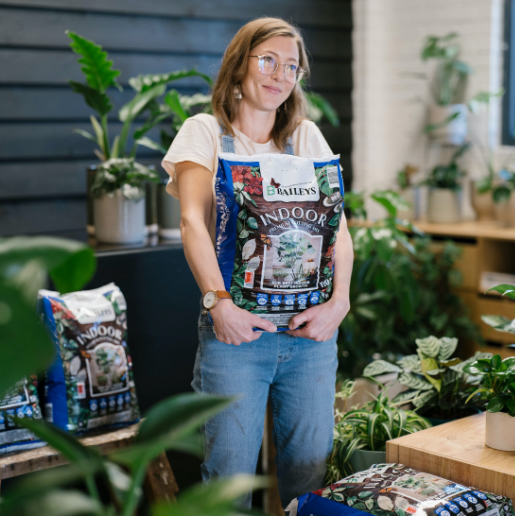
Join our Great Gardens Club!
Sign up to enjoy 15% off your first purchase from Baileys online. Plus, get our monthly WA gardening tips, latest news and promotions straight to your inbox.

Sign up to enjoy 15% off your first purchase from Baileys online. Plus, get our monthly WA gardening tips, latest news and promotions straight to your inbox.
Advantages of Natives
Apart from their fashionable looks, the growing popularity of Natives can partly be attributed to an increasing sensitivity for drought tolerant, low maintenance plants, environmental health and sustainability.
Natives are incredibly important for encouraging biodiversity, providing flora for pollinators. They're also better equipped to cope with our challenging climate, requiring less water and being more pest resistant than exotic species.
Autumn and early winter is a great time to pot natives in our climate. The cool, mild conditions and reliable rain gives new plants a chance to settle in before summer arrives.
When it comes to growing Natives in pots, the obvious advantage for us is the mobility and flexibility they provide, controlling aspect, conditions and soil quality throughout seasons ultimately leads to happier and healthier plants.
It's important to use a quality growing media, specifically formulated for native plants, such as Baileys Native Premium Potting Mix, particularly if growing phosphorus sensitive varieties - members of the Proteaceae family, Banksia, Acacia, Grevillea and Hakea species. Remember though, most Australian species are not phosphorus-sensitive and those that are, still require small amounts of phosphorus to flourish.
Look for a mix made to Australian Standards - indicated by the red ticks on the bag. This ensures good water holding capacity and good air-filled porosity - vital for Native plants. It also lets you know the mix contains a balance of all plant required nutrient to feed for an extended period of time, and that it's been composted to eradicate plant pathogens and weed seeds.
A great way to style stunning large Native pots is to incorporate a few varieties, including:
Our top picks include:
There is a large range of edible native plants which are very trendy at the moment and taste unlike anything you'll typically see growing in an urban garden.
Examples including finger lime, midyim berry, native ginger, Warrigal greens and our favourite, Lemon Myrtle - fantastic in Thai cooking, a great substitute for lemongrass, or in a cup of tea.